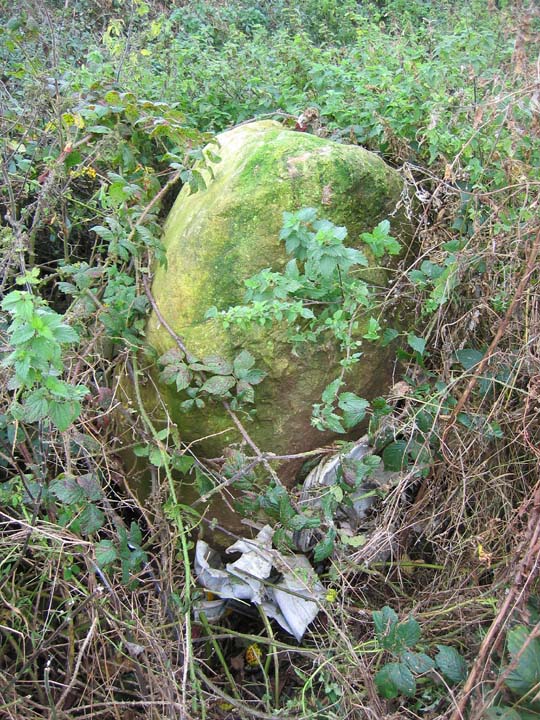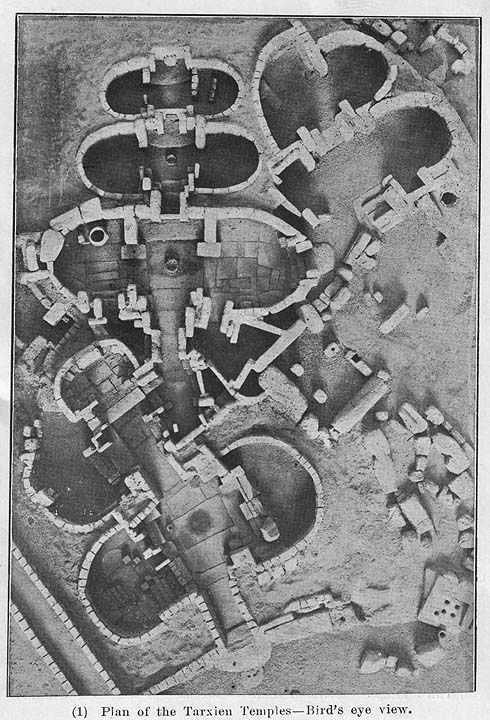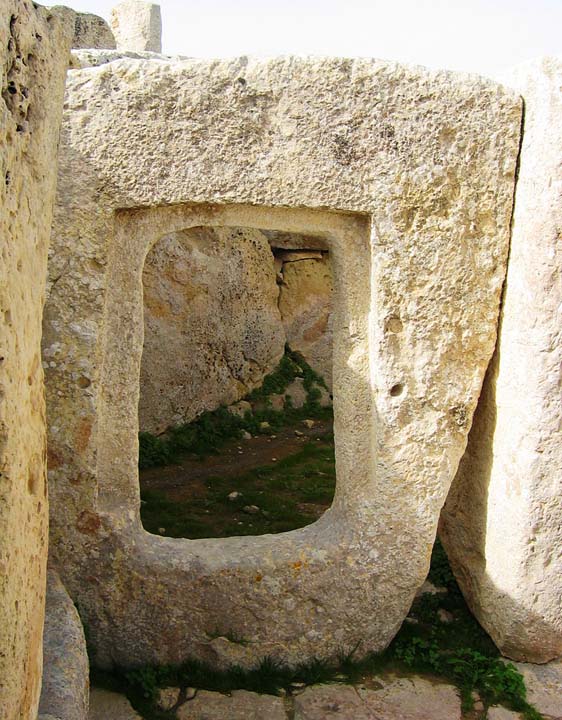
From
Rude Stone Monuments in All Countries, Their Age and Uses.
By James Fergusson
Pub 1872

From
Rude Stone Monuments in All Countries, Their Age and Uses.
By James Fergusson
Pub 1872

From
Rude Stone Monuments in All Countries, Their Age and Uses.
By James Fergusson
Published 1872

A woodcut from Rude Stone Monuments in All Countries, Their Age and Uses.
By James Fergusson
Pub. 1872

A woodcut from Rude Stone Monuments in All Countries, Their Age and Uses.
By james Fergusson
Pub. 1872

The 30m chord of the remains of Circle A is supposed to be incorporated into the wall on the left of the picture.

Circle B & C should lay within, behind or beneath this lot.

Another possible from circle A.
Terrier-ised for scale

The plum shaped stone. A possible from circle A.

The standing stone on top of one of the barrows.
In the background you can see the smoke from the controlled burning of the heather.

The dodgy looking stone in the carved panel at the front of the altar would once have matched the surrounding panel. When the stone was removed it revealed a small compartment which contained a flint knife. Animal bones were found at the back of the altar indicating that some form of sacrificial ceremony took place here.

Postcard
“The Table des Marchand (Merchants Table) at the beginning of the century and the present state of the excavations and restoration of the cairn (1992).

The northern ‘forgotten’ temple

From
Rude Stone Monuments in All Countries, Their Age and Uses
James Fergusson
1872

The temple carving is on the large monolith.
Note the two courses of horizontal stonework, these are gradually leaning inward to support the roof.

A ‘libation pit’, these commonly occur on the threshholds of the temples.

The ever-present islet of Filfla

Oracle hole
I prefer ‘soul hole’ or Seelenloch as German Archaeologists call them.

The bases of the large irregular monoliths were notched to aid lifting and positioning

A bird’s eye view of the Tarxien Temples.
From
The Neolithic Temples of Hal-Tarxien Malta
By Prof. T. Zammit
Pub 1927
Malta

This porthole slab leads to a side apse, screening it from the central court.

The table-topped islet of Filfla is 5 km offshore and appears to have a special relationship with both Hagar Qim and Mnajdra.

One of the Punic tombs cut into the limestone outcrop of Clapham Junction

Just a few of the prehistoric ‘cart ruts’ at the appropriately named Clapham Junction.

Just a few of the prehistoric ‘cart ruts’ at the appropriately named Clapham Junction.

“This representation of a temple facade is engraved into a major upright on the left of the central temple. It shows orthostats flanking a doorway and four horizontal courses of masonry above.”
D. Trump
Malta, Prehistory & Temples
Midsea Books
2002

Looking South towards the Victoria Lines.